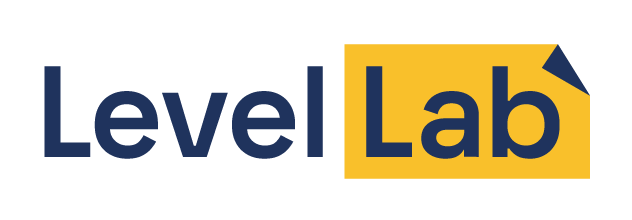Objective
The purpose of the background report was to provide a comprehensive overview and assessment of Estonia’s research and innovation system to the European Commission. The overview included the structure and organization, management and funding, development, and other aspects of the research and innovation system. An assessment was provided on the management of the Estonian research and innovation system, the funding system for research and higher education, and external financing over a period of 10 years.
Main results
- The most significant driver of economic development and growth is innovation, particularly innovation based on research and development (R&D).
- The capabilities necessary for creating innovations are needed for the national innovation system to learn, develop the necessary human capital, stay abreast of international advances in science and technology, and maintain its productivity and competitiveness.
- Innovators typically do not innovate alone but within national and international innovation systems that involve multiple participants and institutions. Therefore, policymakers must ensure that the combination of policies related to various parts of the system is balanced and that interventions across the entire innovation system are coordinated.
Methodology
Quantitative data and analysis, as well as document analysis, were used in the preparation of the background report.
Project contracting authority: European Commission
Project implementers: Technopolis Group Estonia and LevelLab
Duration: 10/2018 – 02/2019


